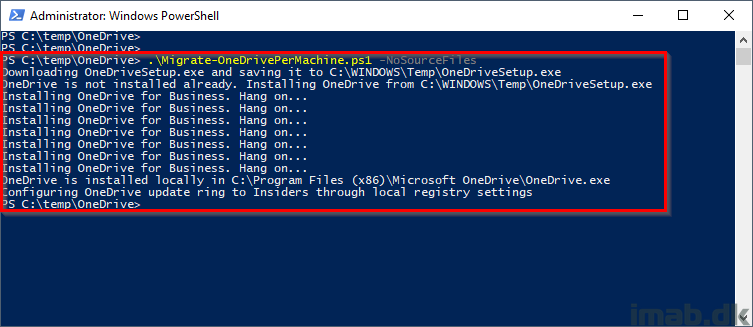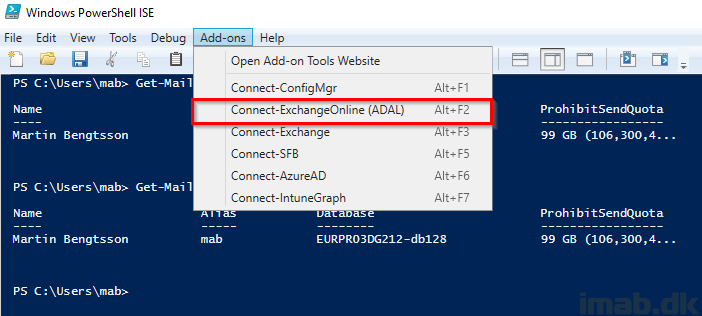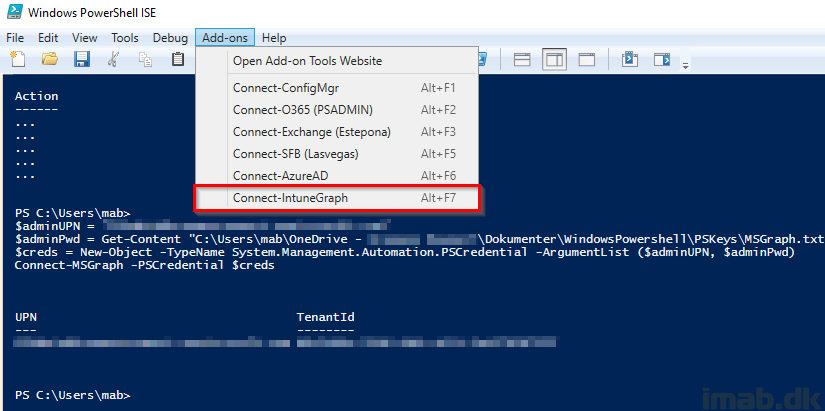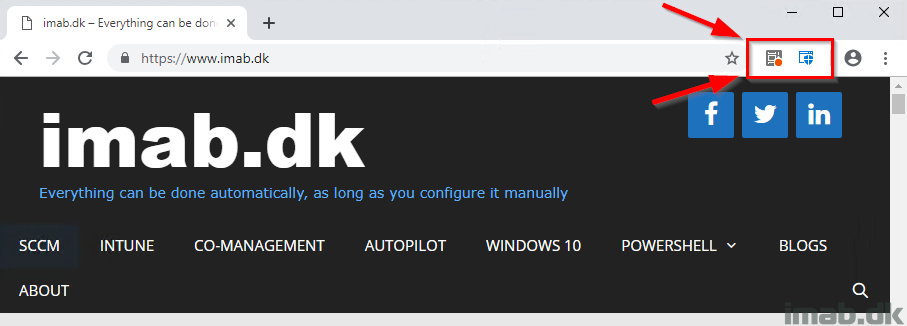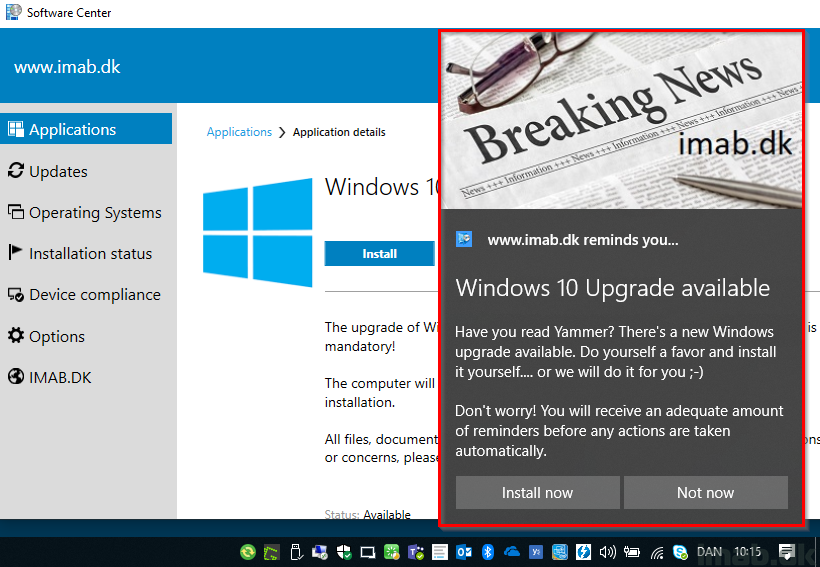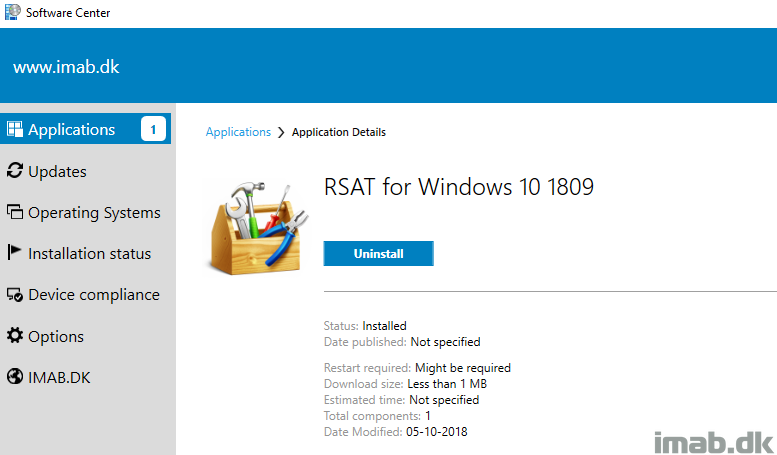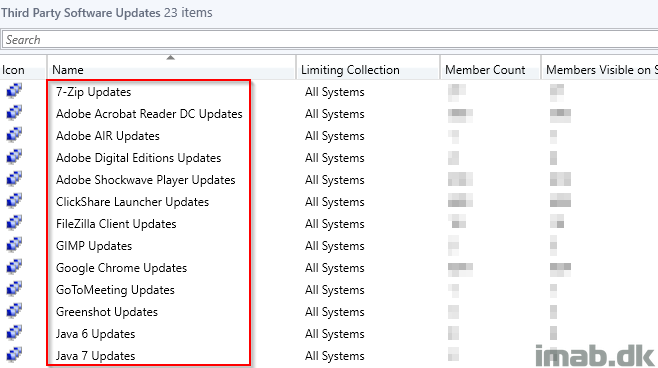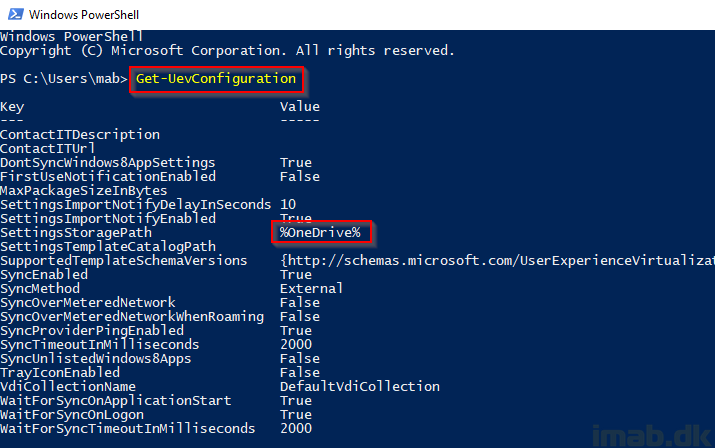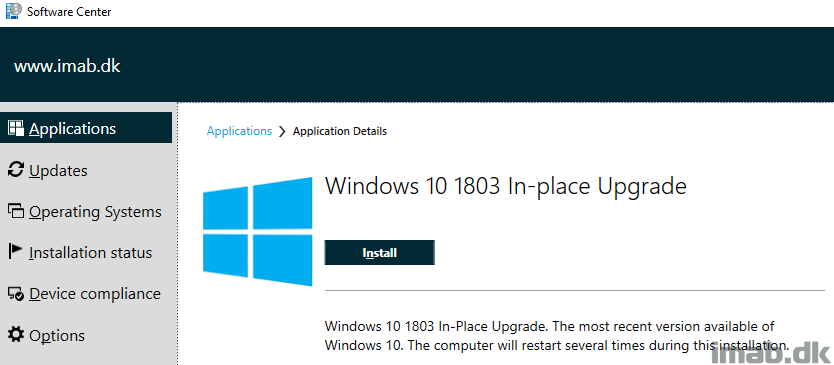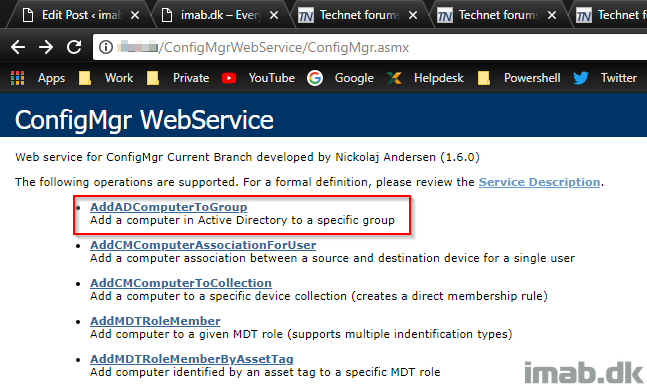Introduction
Installing the OneDrive for Business client on a per machine basis is an often requested feature and for good reasons. OneDrive in it’s current state in the production ring, is installing into the users profile in %localappdata%, and for equally good reasons that is often not desired by enterprises.
Now, Microsoft has finally given us an option, allowing us to install OneDrive for the device into %programfiles(x86)%. The option is currently in preview and all the juicy details are found here: https://docs.microsoft.com/en-us/onedrive/per-machine-installation
PS. Credit where due: I was inspired by Per Larsen’s post on doing the same with Microsoft Intune and like many times before, this brought me to doing something on my own for the sharing and learning experience. Enjoy. 🙂
